Georges-Pierre Seurat (1859-1891)
Get a Seurat Certificate of Authenticity for your painting (COA) for your Seurat drawing.
For all your Seurat artworks you need a Certificate of Authenticity (COA) in order to sell, to insure or to donate for a tax deduction.
Getting a Seurat Certificate of Authenticity (COA) is easy. Just send us photos and dimensions and tell us what you know about the origin or history of your Seurat painting or drawing.
If you want to sell your Seurat painting or drawing use our selling services. We offer Seurat selling help, selling advice, private treaty sales and full brokerage.
We have been authenticating Seurat and issuing certificates of authenticity since 2002. We are recognized Seurat experts and Seurat certified appraisers. We issue COAs and appraisals for all Seurat artworks.
Our Seurat paintings and drawings authentications are accepted and respected worldwide.
Each COA is backed by in-depth research and analysis authentication reports.
The Seurat certificates of authenticity we issue are based on solid, reliable and fully referenced art investigations, authentication research, analytical work and forensic studies.
We are available to examine your Seurat painting or drawing anywhere in the world.
You will generally receive your certificates of authenticity and authentication report within two weeks. Some complicated cases with difficult to research Seurat paintings or drawings take longer.
Our clients include Seurat collectors, investors, tax authorities, insurance adjusters, appraisers, valuers, auctioneers, Federal agencies and many law firms.
We perform Georges-Pierre Seurat art authentication, appraisal, certificates of authenticity (COA), analysis, research, scientific tests, full art authentications. We will help you sell your Georges-Pierre Seurat or we will sell it for you.
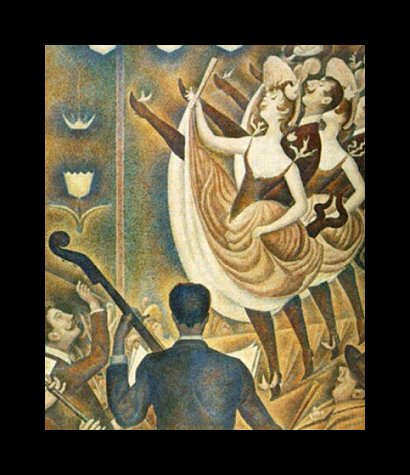
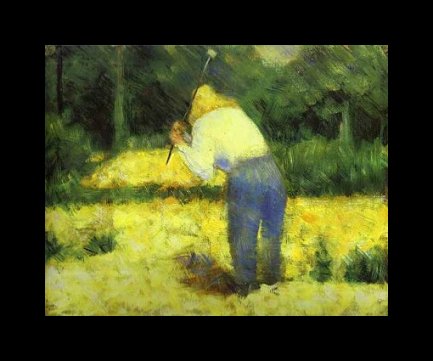
Georges-Pierre Seurat was born on December 2, 1859, in Paris, France. He is considered the father of Neo-Impressionism, and the painting technique which came to be known as pointillism or divisionism.
Seurat studied in 1878 and 1879 at the Ecole des Beaux-Arts under a disciple of Jean-Auguste-Dominique Ingres. Seurat himself was heavily influenced by Francisco de Goya and Rembrandt.
After a year of service to the Brest Military Academy, Seurat studied black and white drawing. He exhibited the drawing, Aman-Jean, at the official Salon in 1883; but, when panels from his 79×118 inch painting, Une Baignade, Asnières (“Bathing at Asnieres”), were rejected by the Salon the following year, he and other artists founded the Societe des Artistes Independants. Seurat’s most well-known painting, Un dimanche après-midi à l’Ile de la Grande Jatte (“Sunday Afternoon on the Island of La Grande Jatte”), was the centerpiece of the Society’s first show.
Seurat’s paintings were considered a departure from much of the other art of his time because he was one of the first to use scientific principles to create aesthetically-pleasing works. Seurat was familiar with the writings of scientists such as Eugene Chevreul, Ogden Rood and David Sutter, who wrote about the effects of color on optical perception. Chevreul was among the first to explain that, when certain contrasting colors were placed in close proximity to one another, or even overlapped, the human eye perceives a third color when viewed from a distance. Seurat first began experimenting with this concept in “Bathing”, using, short, dotted dabs of pure color (this style became known as pointillism or divisionism), rather than mixing colors on the palette or on the canvas and using longer strokes, as was the Impressionist style. While most Impressionist painters completed their works as a whole (often even in one sitting), Neo-Impressionists like Seurat and his followers painstakingly planned out each inch of canvas. His largest work, “La Grande Jatte”, took over a year to complete.
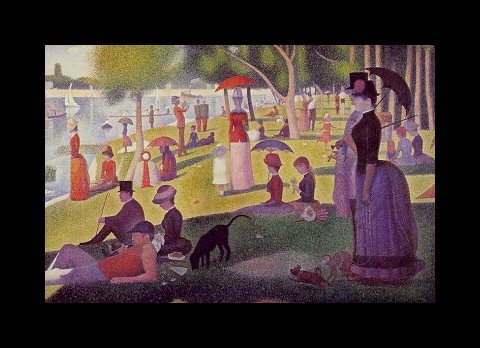
Not much was known of Seurat’s personal life during his short lifetime. After his death, it was discovered he had a child by his mistress, Madeline Knoblock. Knoblock was the model for the piece, “Young Woman Powdering Herself”. Seurat’s own mother only met his mistress and child the day before he died of diphtheria, on March 29, 1891, at the age of 31.
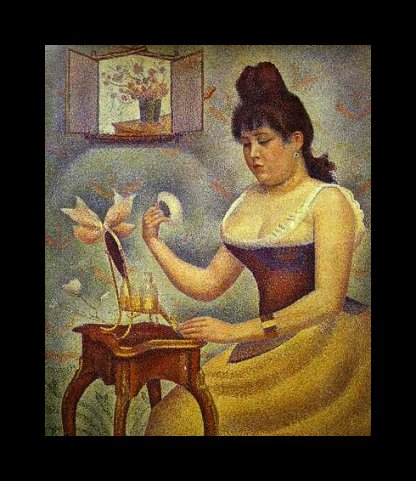
Seurat created seven large pieces, 60 smaller works, and numerous drawings and sketchbooks. His seminal work, the 81×120-inch “Sunday Afternoon on the Island of La Grande Jatte”, is housed at the Art Institute of Chicago. In 1984, Stephen Sondheim created a musical, Sunday in the Park with George, inspired by the painting and Seurat’s life.
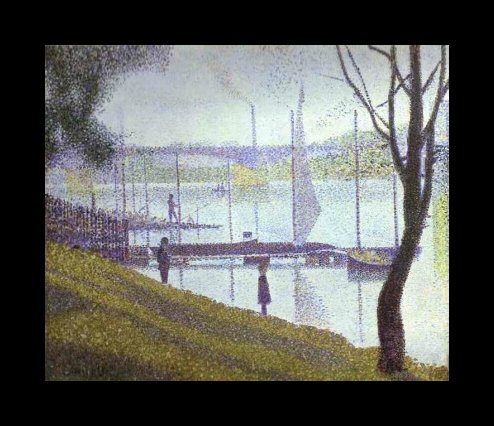
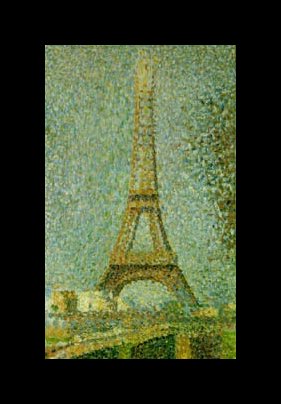
Reviews
1,217 global ratings
5 Star
4 Star
3 Star
2 Star
1 Star
Your evaluation is very important to us. Thank you.
